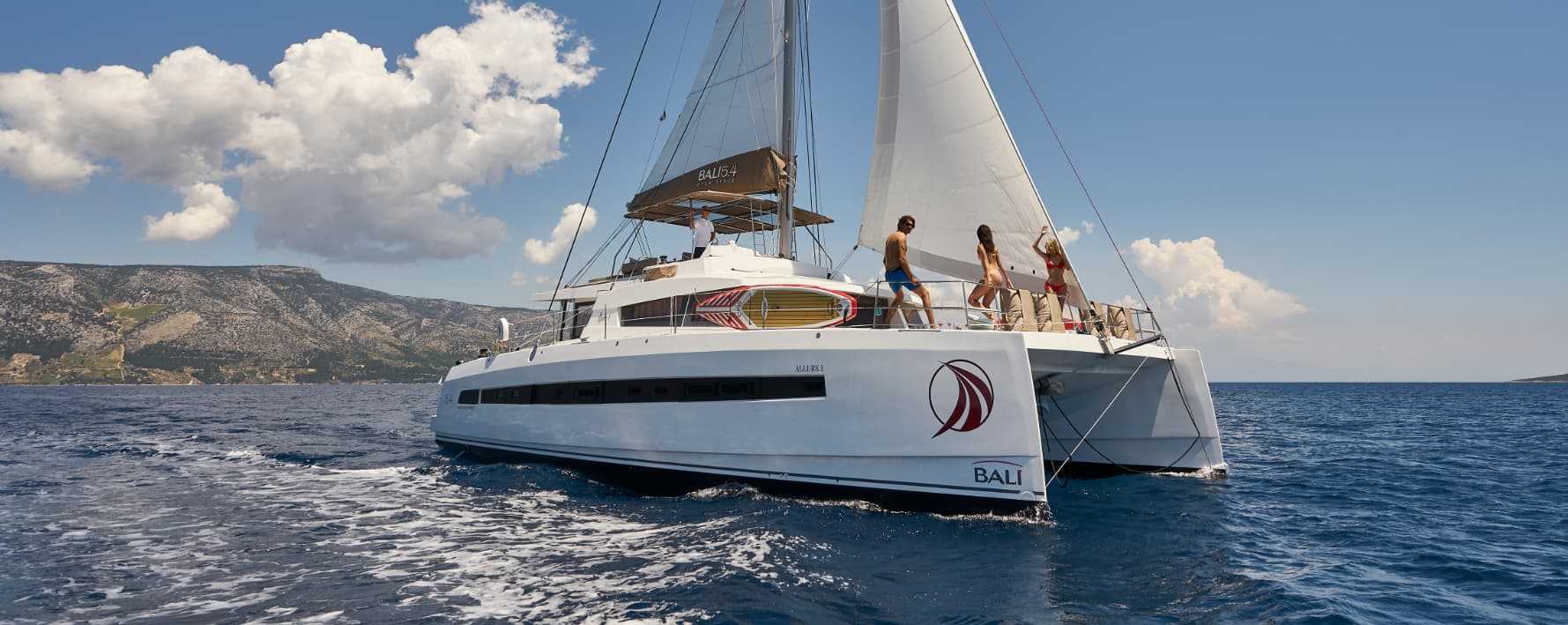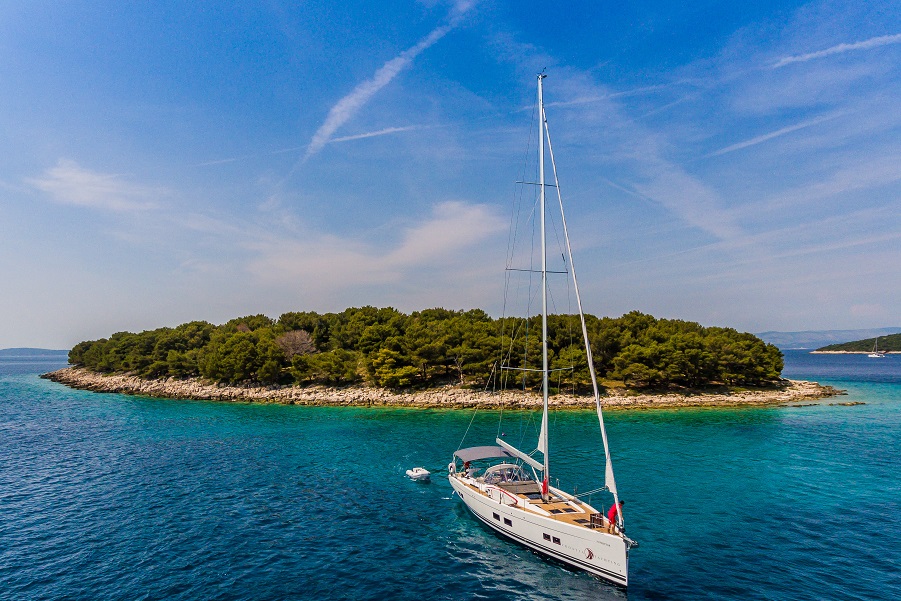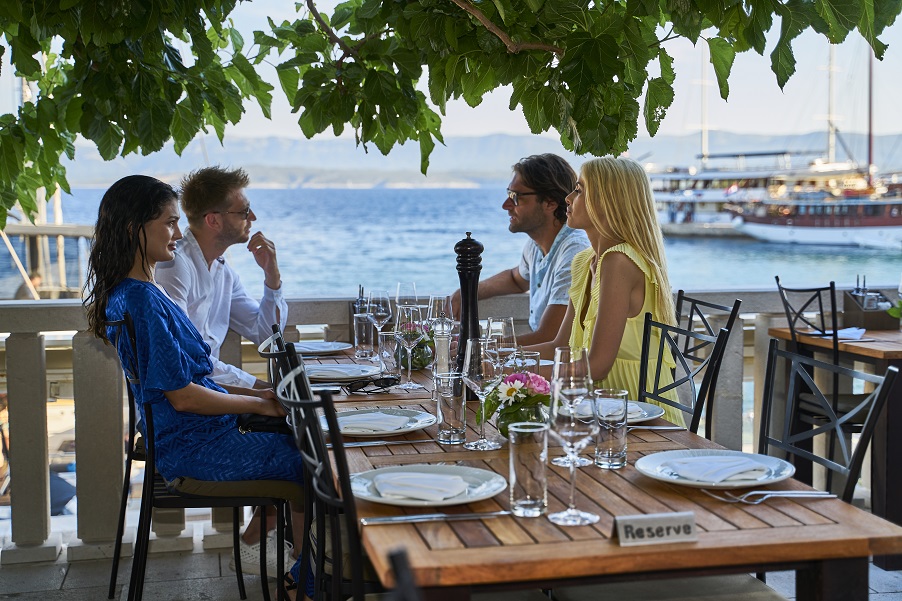Dalmatian Red Wine Varieties: Crljenak Kaštelanski, Plavac Mali, Dingač, Postup, and Babić

Table of Contents
In Vino Veritas (In wine, there is truth) is a famous Latin phrase that has found its way into Dalmatian acapella songs, and when you delve into the distinctive Dalmatian red wine varieties found in this region, we are not surprised.
Wine finds its place at every Dalmatian lunch or dinner table, as bread and butter go together in other parts of the world. Whether used to sip, savor, or amplify the essence of a traditional meal, wine is a staple of Dalmatian cuisine paired with life’s best moments.
Croatia has a total of 130 native wine varieties, which may sound surprising, considering it is not often compared to the more popular labels you’ll find in France or Italy. But even as the assumed underdog of the wine world, it has its trump card. Did you know that one of the world’s most famous varieties, best known in California, actually originated right here, in Dalmatia?
A journey into Dalmatian red wine varieties
Crljenak kaštelanski
Better known as Zinfandel in California or Primitivo in the Puglia region of Italy, Crljenak kaštelanski is an old, almost forgotten Croatian variety - that is, until it was discovered that it had an identical genetic profile to the far more prevalent ‘Zinfandel.’ This highly prized variety in the United States, specifically California, actually originated in Dalmatia, which was discovered by a team of scientists just a few decades ago. Namely, after several years of research in California, Italy, and finally the Dalmatian region, scientists found that the first vine with identical DNA to Zinfandel was uncovered in Ivica Radunić’s vineyard in Kaštel Novi back in 2001! Thus, the story goes on how this Dalmatian red wine variety is to thank for one of the most famous wines in California, bringing forth its rebirth and rebranding not just in Dalmatia but international wine circles as the original Zinfandel.
Known as the father of Plavac mali, Crljenak kaštelanski is the native variety of the red crljenak grape, grown in Croatia since wine has been made, with written records dating back to the 15th century. This strong, full-bodied, and intensely deep red wine has lower tannins than Plavac mali and is soft and drinkable, with a pronounced varietal aroma of berries and spices. For those wanting to taste the original Zinfandel, it’s best to visit the Kaštela vineyards of Bedalov, Vuina, Krolo, and Radunić.

Plavac Mali
The offspring of Crljenak kaštelanski, Plavac mali is the most widely planted red grape variety in Dalmatia. Plavac mali translates literally to “small blue,” thanks to the small blue grapes that the vines produce. Perfectly adapted to the hot Mediterranean climate, Plavac mali is best grown on the slopes of the Pelješac peninsula (namely the Dingač and Postup areas, the first in Croatia to have their own appellations), Sveta Nedilja and Medvid Bod on Hvar Island, and Murvica on Brač Island. These rugged southern slopes are exposed to the sun to ensure full, strong, and healthy wines of excellent quality - with a long shelf-life.
Plavac mali wines are rich in tannins with high alcohol content, ranging from 13% to 16%. Slightly sweet thanks to this combination of high alcohol, tannins, and glycerol, Plavac mali is rich and full-bodied with a recognizable smell, with sweet notes of dry fruit, mild aromas of cherries, blueberries and prunes, and musk. If matured in barrique barrels, the aromas permeate dark chocolate, coffee, vanilla, and pepper, with the rough tannins rounded and softened. The most popular Plavac mali producers are Miloš and Bura on Pelješac, Plenković, Tomić and Duboković on Hvar Island, and Stina and Baković on Brač Island.
Dingač
Often called the ‘king of Croatian red wines,’ Dingač comes from the Plavac mali variety and is grown specifically on the sun-drenched slopes of the Pelješac peninsula. Facing southwest, the Pelješac slopes boast a karst terrain with a thin layer of soil, and when met with 2800 hours of sunshine each year, it makes for a powerful and high-quality red wine. Dingač is thus one of the most extreme conditions in which Plavac mali can be cultivated. Classified as "Vrhunsko Vino", or “Premium Quality Wine," recognized by Croatia, Dingač is a dark red and purplish color with tints of blue, with a unique bouquet that makes it stand out amongst others. It is full-bodied, slightly bitter, and astringent and was even protected by the Geneva Convention in 1961! Records show that Dingač has been enjoyed since the 15th/16th centuries.
So, where to go if you want to taste it? Ivo Skaramuča owns the largest vineyard in the Dingač area, while Mato Violic-Matuško, owner of Matuško winery, is one of Croatia’s best-known winemakers.
Postup
Postup is yet another exceptional red wine on this list of Dalmatian red wine varieties, made from Plavac mali grapes that also hail from the sunny slopes of the Pelješac peninsula’s southern side. This controlled geographical origin was also protected more than 50 years ago. Interestingly, Postup was often unjustifiably neglected and lived in the shadow of the more famous Dingač wine, even though the two neighboring viticultural locations on Pelješac are pretty similar. Boasting the same quality and a similar taste to Dingač, some of the most knowledgeable wine connoisseurs even have difficulty telling these two apart.
Postup was first mentioned as a special wine-growing area in the book "Vina Banovine Hrvatske" from 1940, and in 1967, Postup was the second wine protected as a “controlled geographical origin” in Croatia, just after Dingač. Planted on the way to the peninsula’s largest town, Orebić, the Postup wine-growing region boasts a beautiful view of the Pelješac Channel, the islets of Badija, Vela Sestrica, and Korčula. Full-bodied, balanced, with fruity aromas, Postup is best enjoyed at Vinarija Dingač, Indijan, and Bartulović, to name a few.

Babić
And to conclude, we cannot forget Babić, another native red grape variety found mainly in the Central Dalmatia region. Along with Plavac and Zinfandel, Babić is among the most essential Dalmatian red wine varieties. Traditionally found in the vineyards of Šibenik and Primošten, where it has been grown for two thousand years, as evidenced by testaments from ancient times, Babić is still the most economically significant variety in this area today. This wine is also of the highest quality when cultivated in extreme conditions, on steep, rocky, and sunny slopes. While Babić is a relative of Plavac mali, it differentiates itself from Plavac as it preserves its acidity well, making these wines more lively. There are two types of varieties - Babić mali (small) and Babić veliki (large), as they differ in the size of the cluster. Babić mali has a greater ability to accumulate sugar, making this wine a bit fuller and with more alcohol content. A full-bodied wine with a bluish-red color boasts pleasant fruity aromas and is drinkable - especially next to sharper cheeses and prosciutto.
Perhaps the most famous place to taste Babić is Testament, with organic vineyards and a tasting room in the small town of Jadrtovac overlooking the Adriatic Sea and Šibenik. But you’ll also find Vinoplod, bought by famous brand Badel not long ago, which redesigned Crveni Babić, once a standard for excellence in the Croatian wine industry. The grapes for Crveni Babić come from the same Jadrtovac location, and the renewed Crveni Babić has contributed to revitalizing this noble and native wine and grape.
Indulge in the perfect blend of luxury and taste on our Daily Yacht Charters with Wine Tasting around the enchanting Split Islands.
















